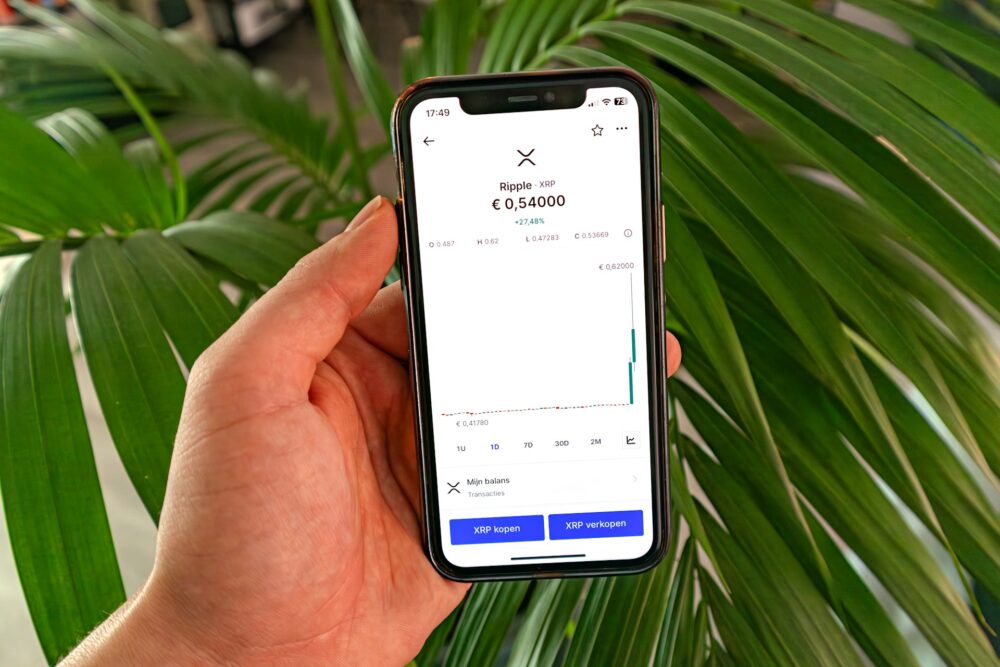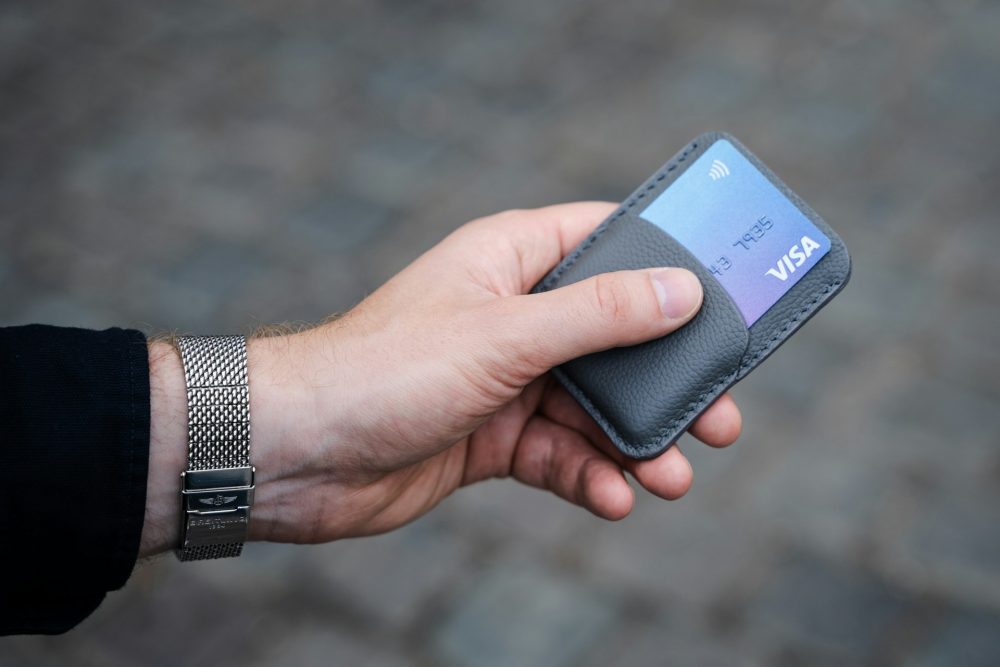Crypto
Ripple Is Working with 10 Governments on State Digital Currencies (CBDC)
Ripple (XRP) is focusing on central bank digital currencies (CBDCs), working with 10 governments, including advanced projects in Palau and Bhutan. CEO Brad Garlinghouse notes Ripple’s network XRPL is key in these efforts, with plans for a stablecoin RLUSD. Critics argue CBDCs threaten financial privacy. Ripple’s shift sidelines XRP, worrying investors.

Ripple CEO Brad Garlinghouse says his company is now cooperating with 10 countries that want to develop a state-run digital currency. He draws parallels to the planned stablecoin, but XRP is left out.
In search of new business areas, Ripple (XRP) has been involved in the field of state digital currencies (CBDC) for several years. CEO Brad Garlinghouse now summarizes the current state of affairs in an interview and speaks of 10 governments with whom they are working on CBDC. Ripple is known to have more advanced cooperations with the Republic of Palau and Bhutan, for example.
A state digital currency is usually supposed to reflect the national currency and its value is guaranteed by the central bank
The EU is considering an e-euro. Ripple’s proven own network XRPL plays a key role in its concepts, which could also become the basis for transactions for CBDCs. At the very latest, Garlinghouse sees this as a point of contact for the stablecoin planned by Ripple called RLUSD , which is to be pegged 1:1 to the US dollar. A CBDC is actually also a stablecoin, only that it is issued by a government, says Garlinghouse.
CBDCs are controversial in the crypto scene. Critics see them as an attack on financial privacy because transactions can be fully traced and central banks reserve the right to block accounts or stop transfers.
However, there are also many voices in the Ripple community who point out that the launch of the stablecoin RLUSD later this year and the promotion of CBDCs could create synergy effects. For example, currency exchange at low fees would be conceivable. Surveys by the Bank for International Settlements (BIS) show that state digital currencies are on the agenda in almost 100 countries worldwide.
Conclusion: Ripple changes its profile – XRP is sidelined
For XRP investors, the plans for Ripple’s future that Garlinghouse has repeatedly outlined are a bitter pill to swallow. XRP used to be the undisputed center of Ripple’s business model of revolutionizing international payments with a bridge currency.
However, it has become apparent that banks, financial service providers and even governments are happy to access Ripple’s infrastructure, but leave XRP out of the equation. The price curve of XRP no longer radiates any dynamism and is stuck below $0.50, almost 90 percent away from the all-time highs of 2018.
Garlinghouse rarely mentions XRP and instead focuses on the planned stablecoin and the CBDC division. This may be the right strategy for a later IPO of Ripple, but for investors it hides the great risk that XRP will sink into insignificance.
__
(Featured image by Stanley van Heusden via Unsplash)
DISCLAIMER: This article was written by a third party contributor and does not reflect the opinion of Born2Invest, its management, staff or its associates. Please review our disclaimer for more information.
This article may include forward-looking statements. These forward-looking statements generally are identified by the words “believe,” “project,” “estimate,” “become,” “plan,” “will,” and similar expressions. These forward-looking statements involve known and unknown risks as well as uncertainties, including those discussed in the following cautionary statements and elsewhere in this article and on this site. Although the Company may believe that its expectations are based on reasonable assumptions, the actual results that the Company may achieve may differ materially from any forward-looking statements, which reflect the opinions of the management of the Company only as of the date hereof. Additionally, please make sure to read these important disclosures.
First published in BLOCK-BUILDERS.DE. A third-party contributor translated and adapted the article from tthe original. In case of discrepancy, the original will prevail.
Although we made reasonable efforts to provide accurate translations, some parts may be incorrect. Born2Invest assumes no responsibility for errors, omissions or ambiguities in the translations provided on this website. Any person or entity relying on translated content does so at their own risk. Born2Invest is not responsible for losses caused by such reliance on the accuracy or reliability of translated information. If you wish to report an error or inaccuracy in the translation, we encourage you to contact us

-

 Fintech2 days ago
Fintech2 days agoOneConnect Stock: High Risk, Fading Confidence, and a Slim Turnaround Hope
-

 Impact Investing2 weeks ago
Impact Investing2 weeks agoChristmas Plastic Waste and the Path to Circular, Low-Emission Solutions
-

 Africa1 week ago
Africa1 week agoDamane Cash and FMSCD Partner to Enable Cash Advance in Exchange Offices
-

 Crowdfunding2 days ago
Crowdfunding2 days agoGörlitz Christmas Crowdfunding Campaign Exceeds All Goals























